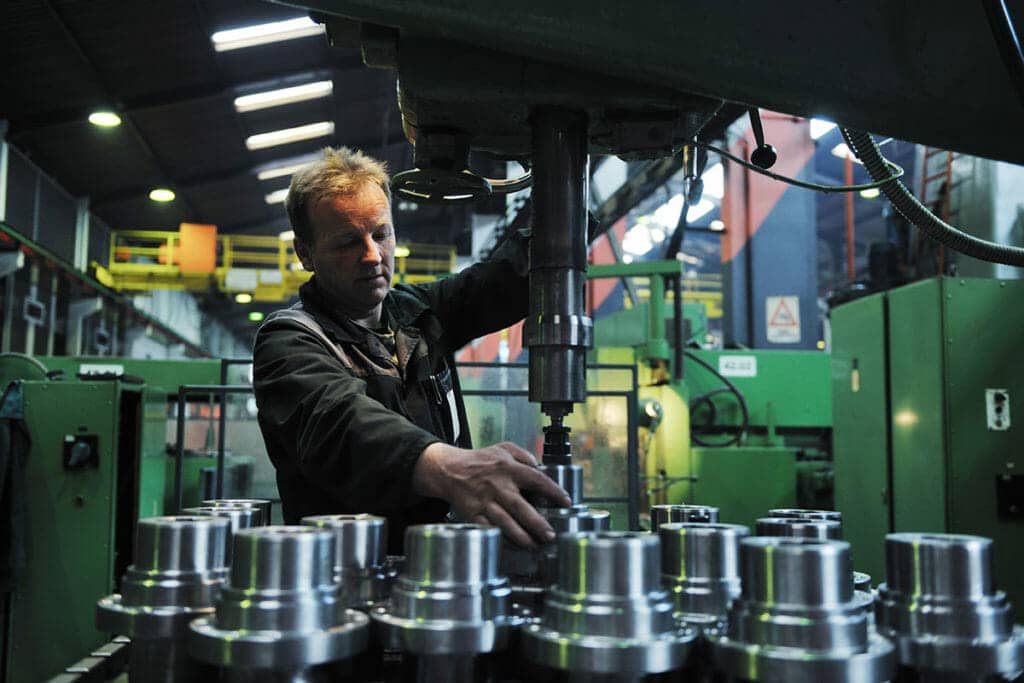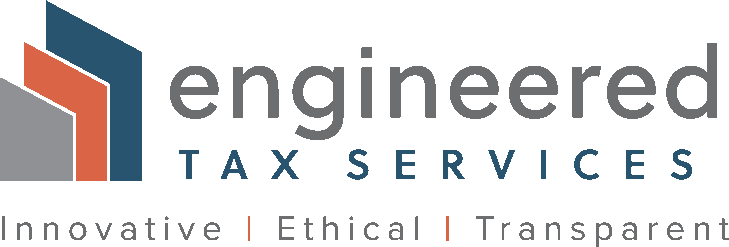If you’re a CPA firm with clients in the machining industry, I have a solution that could save your clients serious money, while proving your value-added worth to them. Research and development (R&D) tax credits are federal and state tax incentives designed to encourage innovation and technical design improvement; they reimburse companies that develop new products, processes, or inventions by up to 13 percent of the cost of qualifying research activities. By using the credit, companies can obtain tax savings, enhance their cash flow, and stay competitive in the marketplace.
The R&D tax credit is primarily a wage credit. The majority of eligible expenses is derived from payroll—a company’s employee wages and contract research expenses. But other qualifying costs include supplies, testing, and expenditures involved in patent development.
The problem is, less than one-third of eligible companies are even aware they qualify for R&D tax credits—despite the fact their day-to-day operations are regarded as qualifying activities.

Passing the Four-Part Test
To receive the credit, the IRS requires your client’s R&D activities meet this four-part test:
- Permitted Purpose: Their research must address new or improved business components, function, performance, reliability, or quality.
- Technological in Nature: They must base their research on engineering or physical, biological, or computer science.
- Elimination of Uncertainty: The purpose of their research must be to discover information to eliminate uncertainty about the capability, method, or design for developing or upgrading a product or process.
- Process of Experimentation: In their research, they must evaluate more than one alternative to reach a result, and this can include modeling, simulation, or a systematic trial-and-error methodology.
What Qualifying R&D Activities Are Ideal for the Machining Industry?
The IRS looks favorably on a host of activities that are commonplace in the machining industry: namely, anything involving technological advancement (and the machining industry is nothing if not technological). In terms of software development, these qualifying activities include developing robotics and automated technology; undertaking coding and programming to enhance machinery interface communication; creating finite elemental analysis (FEM) software; and advancing computer-aided design (CAD), computer-aided manufacturing (CAM) modeling and simulation, and computer numerically controlled (CNC) programming.
In terms of hardware, research also qualifies if it entails developing prototype tooling devices;
experimenting with various kinds of materials; creating engineering requirements for special fixtures; maintaining a milling process’s speed without inviting breakage; maximizing production feeds and speeds, while guaranteeing a given part’s quality and integrity. Other qualifying activities are maintaining uniform constraints in the lathing process; eliminating or minimizing warpage for welding and fabrication processes; and designing technology for tight tolerances. But whether it’s for software or hardware, any activities relating to modeling, simulation, or systematic trial and error can qualify.
Additional Tax Advantages: Alternative Minimum Tax Offset—Plus $250,000 in Payroll Offset for Startups
If your machining industry client is a small business with $50 million or less of gross receipts, they can claim their R&D tax credit against their Alternative Minimum Tax (AMT) tax bill.
If your client is a startup in the machining industry—even if they’re not paying federal income tax—they can use their R&D tax credit to offset up to $250,000 of their FICA payroll tax for their first five taxable years. But they must have gross receipts of less than $5 million in the tax credit year, along with zero gross receipts for any taxable year before the five-taxable-year period that ends with the tax credit year.
It's Vital to Have Accurate Record-Keeping
On September 17 last year, the IRS Office of the General Counsel released a memorandum that outlined new rules governing the submission of R&D tax credits that demand stringent recordkeeping. To qualify for the tax credit, taxpayers must now:
- Identify all business components related to the research credit claim for that year.
- For each business component:
- identify all research activities performed;
- identify all individuals who performed each research activity;
- identify all information each individual tried to discover.
- Use Form 6765, Credit for Increasing Research Activities, to list the claim year’s total qualified employee wage expenses, total qualified supply expenses, and total qualified contract research expenses.
R&D Tax Credits Can Fund Business Development
For your clients, there’s a bigger advantage to R&D tax credits than just the immediate tax windfall. With the credit’s dollar-for-dollar cash savings, your clients in the machining industry could hire new employees, enlarge their production facilities—and beef up their R&D activities, so next year, they can recoup even more in R&D tax credits and continue the beneficial cycle of cash infusion. In return, your grateful clients will appreciate the fact that you’re demonstrating that you’re looking out for them.




